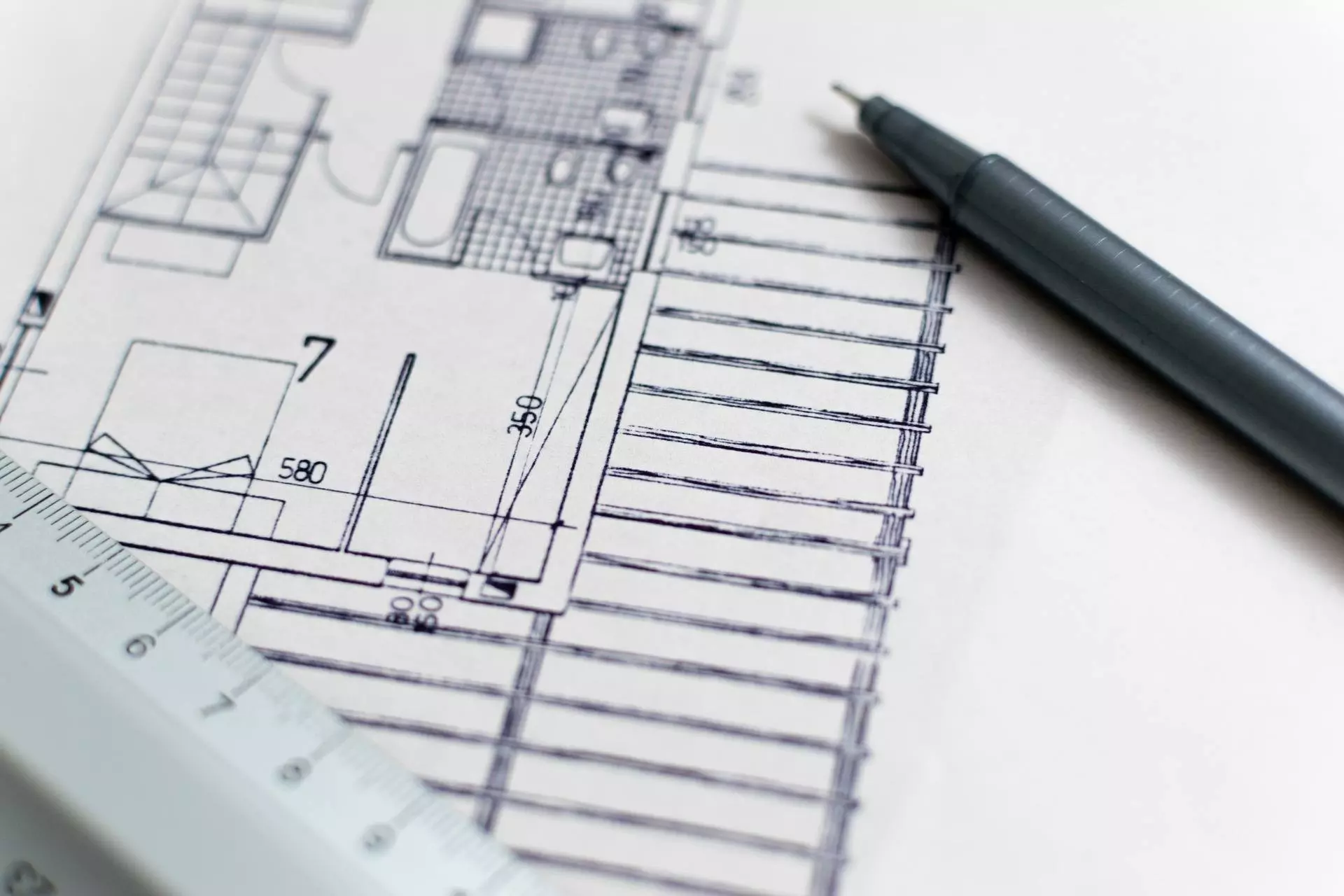What are advantages of goal post roof? Find out if your building project requires an RSJ goal post roof in the construction.
What is a Structural Goal Post?
A structural goal post alleviates pressure from doors, windows, and glass, which allows you to have a large expanse of doors or windows without requiring support posts that go down the middle.
Not only does this allow you to maximise the amount of natural sunlight that enters your property, but it also allows you to open doors for the entire extension.
In addition to this, the frame of the structural goal post itself is hidden entirely from view. It adds to the strength and integrity of your property and can maximise this by being hidden within insulated columns, bricks, or concrete.
The frame itself is light and easy for engineers to manipulate on-site to ensure its perfect fit. This easy manipulation causes the speed of work to be more streamlined and saves you money in the long run.
Why use a Goal Post Steel Frame?
Goal posts are mostly used in rear extension construction projects where the foundations are sturdy enough to support the steel frame. They latch onto pads of concrete that have been dug and cast under the columns of the goal posts.
Pads of concrete are then dug and cast under the columns of the goal posts to keep them sturdy and let the weight of the material above the goalpost fall along the top beam, down the two columns, and into the foundation of your property.
Types of Steel Structures
Box Frame
A box frame is a steel structure in a square shape and made from vertical columns, a bottom steel beam, and a top steel beam.
A box frame provides comprehensive support when removing an internal wall in your property.
When a wall has been removed, the weight of the building falls along the box frame, starting along the top beam, down the two columns, and across the bottom beam and foundations.
Box Frame With Cross Beam
A box frame with a cross beam helps create firmer support when it comes to removing two walls. The cross beam attaches to the top beam and sits on a supporting wall.
While the weight of the building relies on the box frame, there is more manoeuvrability and flexibility for groundwork.
You could install bi-fold doors and remove any partition walls between two rooms with the added framework.
Box Frame With Beam And Post
Similar to a box frame with a cross beam, the additional feature is a post that connects the cross beam to the foundation.
The added post transfers the load of the building from the cross beam, down the post, to the foundations.
You may wish to use this type of steel framework if there is no available supporting wall for a cross beam to sit on.
Box Frame With Perpendicular Box Frame
If you imagine the previous box frame with a beam and post, a box frame with a perpendicular box frame is the former with a bottom beam attaching the bottom of the post to the box frame.
This can help spread the weight and strengthen the structure of the building is quite high and heavy.
Box frames also help minimise the amount of groundwork needed, saving money and construction time.
Two Box Frames With Cross Beam
Two box frames are connected with a perpendicular cross beam to be used when two parallel walls need to be removed, and additional structural support is required.
The cross beam is sometimes used as a support for a chimney breast.
Box Frame With Extended Beam
This steel structure is quite simply a box frame with the top beam extended on one side. One side is unable to be positioned against a wall, whereas the free end of the beam can rest on a supporting wall.
You may use this type of framework when wanting to incorporate a corridor or window by one side of an external door.
Cross Beam
A cross beam, or girder, is a horizontal structure that runs perpendicular to the primary beams.
It is an additional support beam that helps the primary supports hold the above building in place so that safe construction can take place.
Where the two beams connect at right angles, the end of each sit on supporting columns or walls to transfer the load better throughout the framework, it is used to support the internal walls above or the ceiling span of a room.
Two Beams With Cross Beam
A cross beam with two beams can support a larger ceiling span or support a chimney breast.
Similar to single cross beams, the end of each beam sits on supporting columns/walls to transfer the building's load.
The parallel beams span both sides of the chimney, while the cross beams support the chimney itself. A plate is commonly placed atop the beam to spread the support across the entire chimney area.
Crank With Cross Beam
You may use a crank with a cross beam in loft conversions or new roofs as the crank angle follows the roof structure's angle, while the cross beam supports the roof joists.
Apex
A steel apex structure comprises a double-cranked beam supported by one main beam.
The double-cranked beam creates an angle useful for adding a floor to a building or creating a pitched roof.
Post With Beam
A post with a beam is described simply as a vertical post with a horizontal beam attached to it at a 90-degree angle.
When a beam is needed to support the building, one end is connected and supported to the vertical post, or column, while the other free end is supported by a load-bearing wall.
Goalpost
A goalpost contains a central horizontal beam supported at either end by a vertical parallel column. Goalpost structures are usually installed to support the load of a building.
They are most useful when a support beam is required, but neither end can be supported by load-bearing walls.
Goalpost With Cross Beam
An added cross beam jutting out from the top horizontal beam of a goalpost is useful for projects that require the removal of two walls.
For example, if you wanted to install bi-fold doors, then taking out a back wall or removing the partition wall between two rooms will be necessary. The free end of the cross beam sits on a supporting wall.
Goalpost With 2 Cross Beams
Two cross beams are extremely useful when taking out multiple walls of a property.
It can also be used as support when the ceiling span of the room(s) is too large to be supported by a goalpost with a single beam.
As like with the previous steel framework, the open-ended beams are supported by a wall rather than more columns or posts.
Beam With Mid Support
When a beam is needed for a structure, but a column is needed to support and transfer the load to the foundations, a beam with mid support is required.
The column provides support to the beam and can be attached to the said beam either centrally or off-centre depending on the layout of the room, despite the 'mid-support' name.
Two Goalposts With Cross Beam
When coming across stability issues or wanting to make your ground floor open plan, two goalposts with a cross-beam connecting the two may be necessary.
Having the goalposts at opposing ends contributes an enormous amount of structural support to the entire building while stabilising the foundation/ground level
Corner Beams With Post
Corner beams can reinforce both rear and side walls while being supported themselves by a singular post. Corner beams with a post are usually seen in extension projects where the side and rear walls need to be kept open. While these walls are kept open, large glass doors and/or windows can be installed.
Box Frame or Goalpost?
Primarily, if you are wanting to do any form of building work near or on a party wall, you require a party wall agreement with your adjacent neighbour(s). If you do not have a party wall agreement, then a box frame or goalpost structure can be used.
If your existing foundations are stable or you want to use pad foundations, you will most likely be recommended a goalpost for your project by a project manager or construction engineer. With the increased lateral stability that a goalpost provides, you can create large openings in a building, and the load is transferred down the two columns into the foundation.
If a goalpost is not strong enough, then a box frame is the better option because it provides an even higher degree of lateral stability. Box frames typically support buildings when projects involve entire walls being removed.
Are you looking for RSJ steel beam suppliers in London, Kent, Essex and the surrounding areas? Follow the link below to discuss your project.

